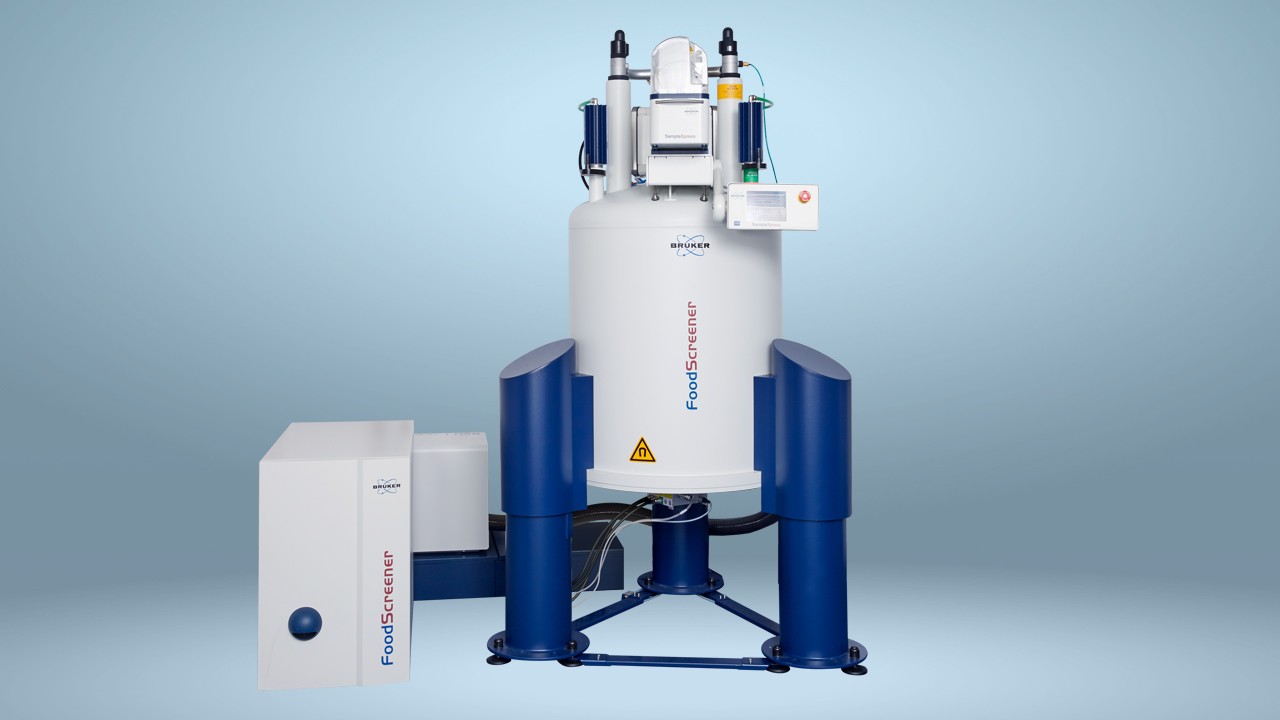Authenticity Screening of Cocoa Beans using Proton NMR
“A combination of two analytical methods is an effective tool to enhance both, accuracy and precision, in authenticity testing of cocoa.”
Over recent years there have been significant increases in food fraud, in which products are intentionally mislabeled as being of higher quality or greater desirability in order to sell them at a higher price.
With the food trade becoming more global and involving more intermediaries, it has become very difficult to trace the origin of a food sample. Fraudulent traders have been taking advantage of this for financial gain with no regard for the consumer.
It has, therefore, become necessary to be able to analytically confirm that a product is genuine. Proton NMR spectroscopy has been successfully used in the screening of honey for fraudulent adulteration. NMR can confirm if the honey has been bulked up using cheap sugar syrups and the origin of a =honey sample claiming to be from a particularly desirable source.
The market for specialty chocolate such as single-origin and bean-to-bar chocolates is rapidly expanding and has become a target for food fraud. The quality of chocolate is largely determined by the region in which it was grown, but the duration of fermentation in post-harvest processing can also significantly impact flavor.
The ability to determine the origin of cocoa used in the manufacture of specialty chocolates is therefore of increasing importance. However, cocoa analysis has proved challenging due to signature metabolite profiles being altered during fermentation.
Based on the success in its authenticity for testing other foodstuffs such as honey and wine, proton NMR is now being explored as a tool for verifying the origin and quality of cocoa. Proton NMR analysis gives a spectral fingerprint that is unique to each type of cocoa. The authenticity of cocoa could thus be readily verified by comparing the NMR spectra of the unverified sample with those of known samples.
In this latest study, a combination of stable isotope-ratio mass spectrometry (IRMS) and proton NMR was used to profile 48 cocoa samples from 20 countries. The proton NMR spectra were obtained using a Bruker 400 MHz FoodScreener™ spectrometer equipped with a BBI probe head with z gradients.
Combined data from the two analytical techniques enabled good separation of the different cocoa samples. IR-MS data primarily made it possible to discriminate between different countries of origin, whereas proton NMR data enabled the separation of cocoas of different varieties and of cocoas cultivated in different regions within individual countries.
The two techniques thus complemented each other, providing a tool with a greater ability to accurately classify different cocoas. There were no fractionation effects of fermentation observed.
This research highlights the potential value of combining two analytical methods to develop an effective tool for accurate authenticity testing of cocoa.
Reference:
Bindereif SG, et al. Complementary use of 1H NMR and multi-element IRMS in association with chemometrics enables effective origin analysis of cocoa beans (Theobroma cacao L.). Food Chemistry. 2019. DOI: 10.1016/j.foodchem.2019.125105.


